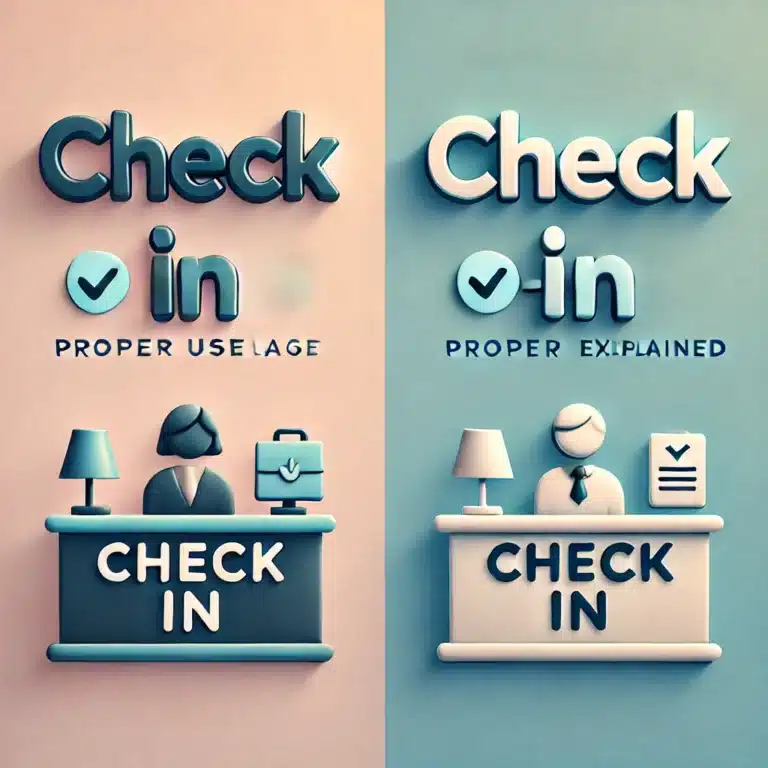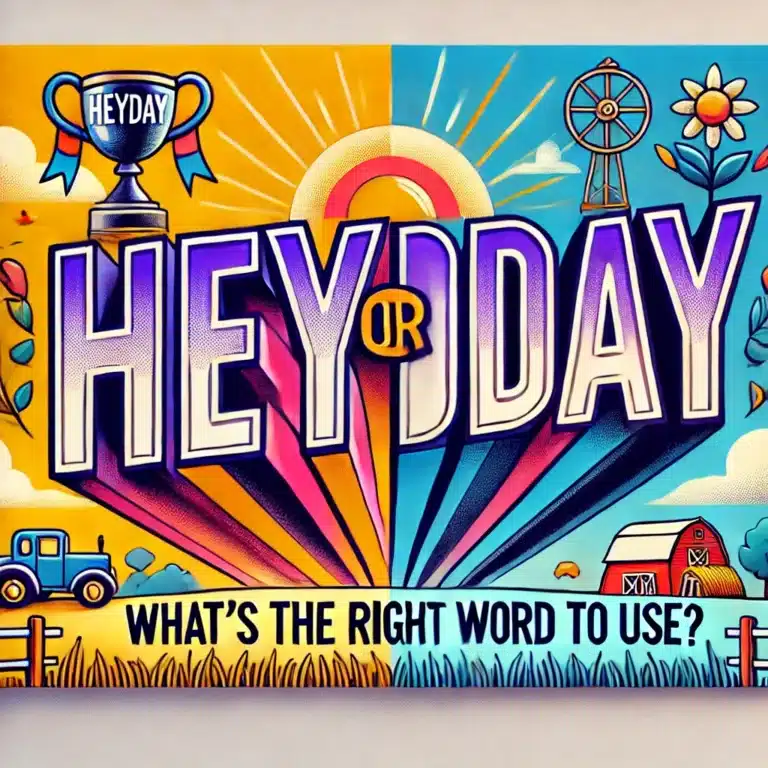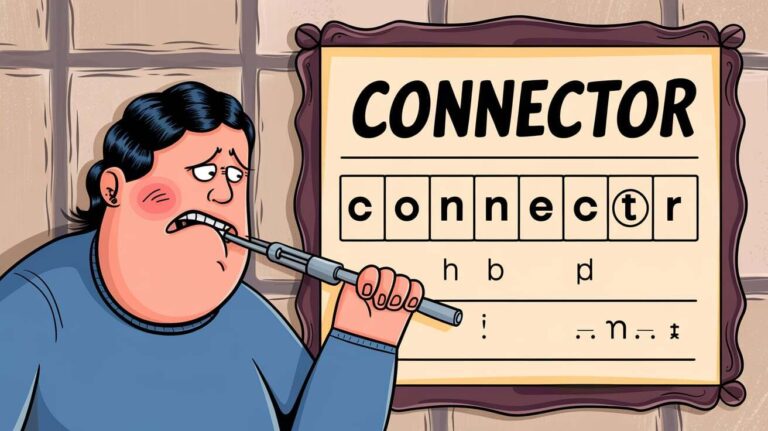Compare vs Contrast: Unlocking the Power of Analytical Thinking
Ever found yourself scratching your head, wondering whether to compare or contrast two ideas? You’re not alone. This age-old dilemma has puzzled writers, students, and thinkers for centuries. But fear not! We’re about to embark on a journey that’ll clear the fog and sharpen your analytical skills.
The Art of Comparison and Contrast: An Introduction
Picture this: You’re standing in a grocery store, eyeing two types of apples. One’s a crisp Granny Smith, the other a sweet Red Delicious. Your brain’s already doing it – comparing and contrasting. This simple act is the foundation of critical thinking, decision-making, and effective communication.
But here’s the kicker – while we do this naturally, mastering the art of comparison and contrast can supercharge your writing, speaking, and analytical abilities. Let’s dive in and unravel these twin pillars of analysis.
Diving Deep: Defining “Compare”
When we compare, we’re on a mission to find similarities. It’s like being a detective, searching for clues that connect different ideas, objects, or concepts. The word “compare” comes from the Latin “comparare,” meaning “to pair together, match.”
Here’s what comparison typically involves:
- Identifying shared characteristics
- Exploring common ground
- Finding patterns and connections
Fun fact: The phrase “comparing apples to oranges” actually makes sense in comparison! Both are fruits, round, and grow on trees.
Read More About : Pick-Up, Pick Up, or Pickup: Mastering Usage in the English Language
Unraveling “Contrast”: More Than Just Differences
Now, contrast is where things get spicy. It’s all about highlighting differences, setting things apart. The term stems from the Latin “contrastare,” meaning “to stand against.”
When we contrast, we’re:
- Spotlighting unique features
- Emphasizing distinctions
- Creating clear boundaries between concepts
Think of contrast as the secret sauce that makes a painting pop or an argument stand out.
Compare vs. Contrast: Drawing the Line
While comparison and contrast often go hand-in-hand, they serve different purposes:
| Aspect | Compare | Contrast |
|---|---|---|
| Focus | Similarities | Differences |
| Intent | Find common ground | Highlight distinctions |
| Typical phrases | “Similarly,” “Likewise” | “However,” “On the other hand” |
Remember, it’s not always an either-or situation. Many great analyses use both comparison and contrast to paint a complete picture.
The Anatomy of Comparison and Contrast
Let’s break it down. Whether you’re writing an essay or giving a presentation, effective comparison and contrast follow a structure:
- Introduction: Set the stage
- Thesis: State your main point
- Body: Dive into similarities and differences
- Conclusion: Wrap it up with insights
Pro tip: Use transition words like “similarly,” “in contrast,” or “on the other hand” to guide your reader through your analysis.
Visual aids can be game-changers. Try a Venn diagram for comparison or a T-chart for contrast. They’re simple yet powerful tools to organize your thoughts.
Real-World Applications
Comparison and contrast aren’t just for English class. They’re everywhere:
- Business: Analyzing competitors, weighing pros and cons of strategies
- Science: Comparing experimental results, contrasting theories
- Everyday life: Choosing between job offers, deciding on a vacation spot
Case study: When Apple launched the iPhone, they didn’t just list features. They compared it to existing phones, contrasting its revolutionary touch interface. The result? A product that stood out in a crowded market.
Mastering the Techniques
Ready to level up your compare and contrast game? Here’s a step-by-step guide:
- Choose your subjects wisely
- Brainstorm characteristics
- Decide on your main argument
- Organize your points (point-by-point or subject-by-subject)
- Use clear, specific examples
- Maintain balance between comparison and contrast
Watch out for these pitfalls:
- Forced comparisons (apples to automobiles, anyone?)
- Overlooking significant differences in comparisons
- Ignoring important similarities in contrasts
The Language of Comparison and Contrast
Words are your tools. Here’s a handy list to spice up your analysis:
Comparison words:
- Similarly
- Likewise
- In the same way
- Equally
- Just as
Contrast words:
- However
- On the other hand
- In contrast
- Unlike
- Conversely
Remember, these aren’t just fancy words. They’re signposts that guide your reader through your thought process.
Comparison and Contrast in Literature and Rhetoric
Literature is a goldmine for comparison and contrast. Take Shakespeare’s Sonnet 130:
“My mistress’ eyes are nothing like the sun;
Coral is far more red than her lips’ red…”
Here, Shakespeare contrasts his love’s features with typical poetic comparisons, creating a powerful and unconventional love poem.
In rhetoric, comparison and contrast are heavy hitters. Martin Luther King Jr.’s “I Have a Dream” speech masterfully contrasts the reality of racial injustice with the dream of equality.
The Psychological Perspective
Our brains are wired for comparison and contrast. It’s how we make sense of the world. But beware of cognitive biases:
- Confirmation bias: Seeking info that confirms our existing beliefs
- Anchoring bias: Relying too heavily on the first piece of information
By consciously practicing comparison and contrast, we can sharpen our critical thinking and decision-making skills.
Digital Age Comparisons and Contrasts
In today’s info-saturated world, comparison and contrast are more crucial than ever. We’re constantly bombarded with choices:
- Which streaming service to subscribe to?
- Which social media platform to use?
- Which news sources to trust?
Tools like comparison websites and product review aggregators help, but they’re no substitute for sharp analytical skills.
Beyond Words: Non-verbal Comparisons and Contrasts
Comparison and contrast aren’t just about words. They’re fundamental to visual arts, music, and even body language.
In art, contrast creates visual interest. Think of Rembrandt’s use of chiaroscuro – the play of light and dark.
In music, the interplay of harmony and dissonance creates emotional depth. Listen to Beethoven’s Fifth Symphony – the contrast between the famous opening motif and the following passages is electrifying.
Teaching and Learning: Compare and Contrast in Education
Educators love comparison and contrast for good reason. These skills:
- Develop critical thinking
- Enhance memory and retention
- Improve writing and communication
Case study: A high school history teacher used comparison and contrast to bring the American and French Revolutions to life. Students not only remembered key events but understood the deeper connections and differences between these historical moments.
The Future of Compare and Contrast
As we hurtle into the future, comparison and contrast remain crucial skills. With AI and big data on the rise, the ability to analyze, synthesize, and draw insights will be more valuable than ever.
Emerging trends include:
- AI-assisted comparative analysis
- Virtual reality for immersive comparisons
- Cross-cultural comparative studies in a globalized world
Conclusion: Harnessing the Power of Compare and Contrast
We’ve journeyed through the world of comparison and contrast, from basic definitions to advanced applications. These aren’t just academic exercises – they’re powerful tools for understanding our world and communicating our ideas.
So, next time you’re faced with a complex decision or a challenging writing task, remember:
- Identify your subjects
- Analyze similarities and differences
- Organize your thoughts
- Use clear language and structure
- Draw meaningful conclusions
Now it’s your turn. How will you use comparison and contrast in your life? Whether you’re writing an essay, making a big decision, or just trying to understand the world better, these skills are your secret weapons. Use them wisely, and watch your analytical powers soar!







